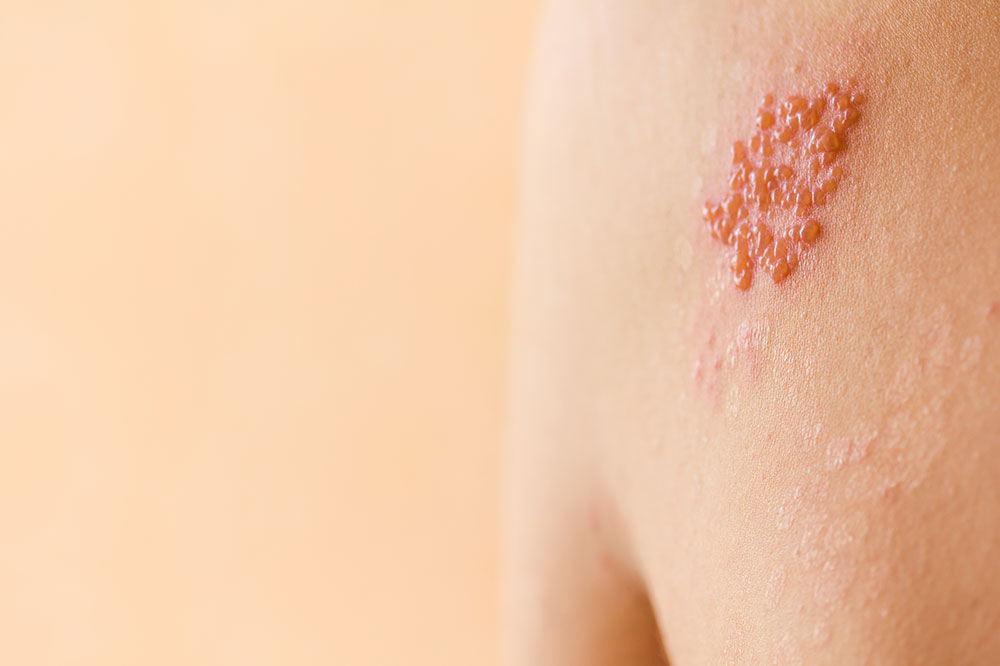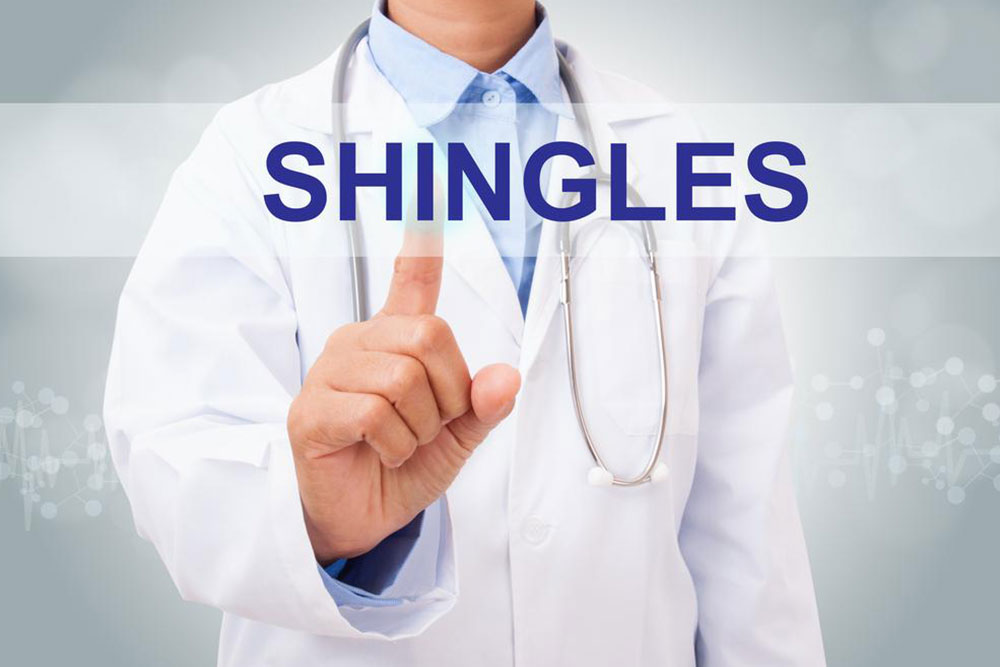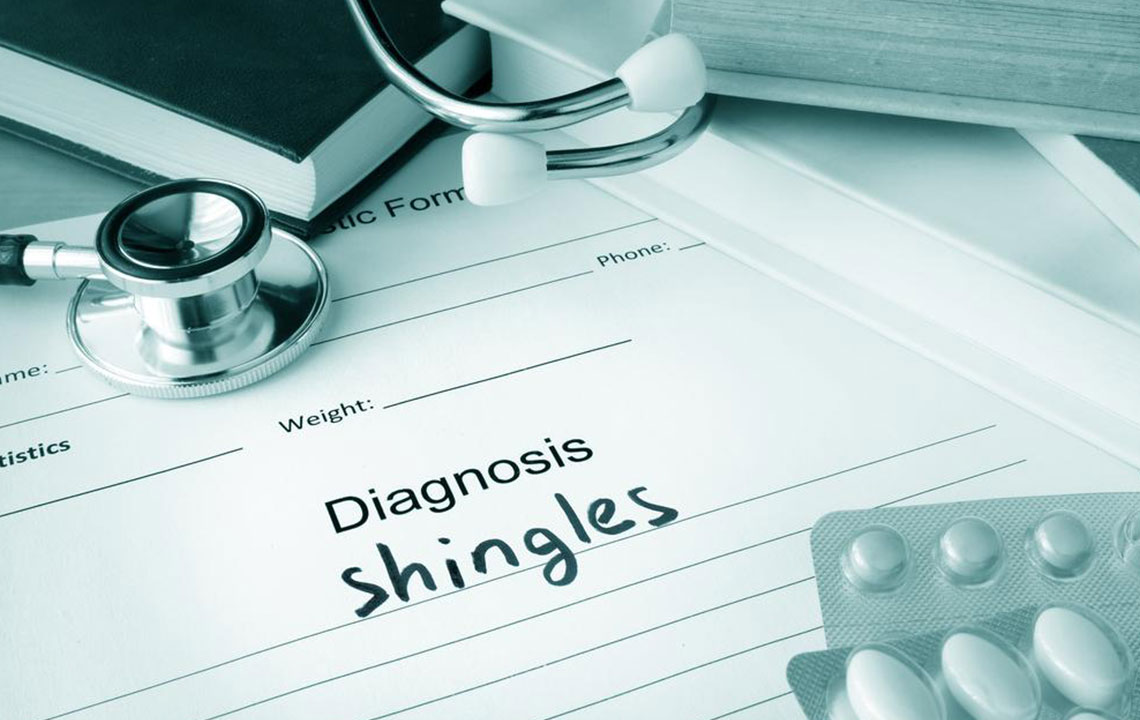Comprehensive Guide to Shingles: Recognizing Symptoms and Understanding Causes
This comprehensive guide explores shingles, detailing its symptoms, early warning signs, and causes. It emphasizes the importance of early detection and understanding risk factors like weakened immunity. The article also covers preventive measures, including vaccination, especially for older adults, highlighting strategies to reduce the risk of painful complications like postherpetic neuralgia. Ideal for individuals with a history of chickenpox or aging populations, this in-depth overview aims to increase awareness and promote proactive healthcare.

Comprehensive Guide to Shingles: Recognizing Symptoms and Understanding Causes
Shingles, medically known as herpes zoster, is a painful viral condition that affects countless individuals worldwide. Characterized by a distinct skin rash and blistering, shingles is a manifestation of the reactivation of the latent varicella-zoster virus, the same virus responsible for chickenpox. While it predominantly appears as a band or belt of blisters on one side of the torso, it can also affect other parts of the body, including the face and eyes. Understanding the nuances of shingles — from its symptoms to its causes — is essential for early detection and effective management.
Symptoms of Shingles: Recognizing Early Signs
Detecting shingles early plays a crucial role in minimizing discomfort and preventing long-term complications. The initial phase of shingles often presents with nerve-related symptoms that precede the skin rashes. Patients may experience localized nerve pain, which can range from mild to severe, along with tingling, burning sensations, and heightened sensitivity of the skin in the affected area. This nerve pain is often described as burning or shooting, intensifying the importance of noticing these warning signs early.
Following these neurological symptoms, the characteristic skin presentation emerges. Clusters of red spots that develop into blisters typically appear within days. These blisters are often grouped and can be intensely itchy or painful. The rash frequently manifests on one side of the body or face, forming a band-like pattern along nerve pathways. Additional symptoms accompanying the rash include fever, fatigue, headaches, and increased sensitivity to light. Sometimes, severe pain can persist even after the rash subsides—a condition known as postherpetic neuralgia, which can last for months or even years.
Other notable signs include general malaise and flu-like symptoms, making it essential for individuals to remain vigilant, especially if they have previously contracted chickenpox.
Identifying Common Sites of Shingles
Shingles frequently appears on the torso, specifically wrapping around the waist or chest. However, it can also occur on the face, with potential involvement of the eye, necessitating immediate medical attention to prevent vision problems. When shingles affects the face, particularly around the eye (herpes zoster ophthalmicus), prompt treatment is critical to avoid serious complications like vision loss. In some cases, shingles can also appear on the neck, arms, or legs, depending on the nerve pathways involved.
Recognizing these varied presentations ensures timely medical intervention, reducing the risk of complications and alleviating pain more effectively.
The precise cause of shingles remains somewhat elusive; however, the primary trigger is well-understood—the reactivation of the varicella-zoster virus residing within the nervous system. After an individual recovers from chickenpox in childhood, the virus enters a dormant state within nerve tissues. Decades later, the virus can reactivate, leading to shingles. Several factors influence this reactivation, notably a weakened immune system due to aging, stress, certain medications, or underlying health conditions like HIV/AIDS or cancer.
Immunosenescence, the natural decline of immune function with age, significantly increases the likelihood of herpes zoster in older adults. This makes shingles a particularly common concern among seniors. Other risk factors include physical or emotional stress, undergoing certain medical treatments such as chemotherapy, or suffering from chronic illnesses that impair immune defenses.
Research suggests that people with a weakened immune system are more susceptible because their body’s ability to control dormant viruses diminishes. Therefore, maintaining a robust immune system through healthy lifestyle choices and medical management is crucial in reducing the risk of shingles reactivation.
Vaccination also plays a vital role in prevention. The shingles vaccine is recommended for adults above 50 or 60 years old, significantly decreasing their chance of developing the disease or mitigating its severity if it occurs. This preventive measure is especially critical as the incidence of shingles rises with age.
In summary, understanding the underlying causes of shingles and recognizing early warning signs can lead to prompt treatment, reducing symptoms, and preventing complications such as postherpetic neuralgia or eye involvement.





